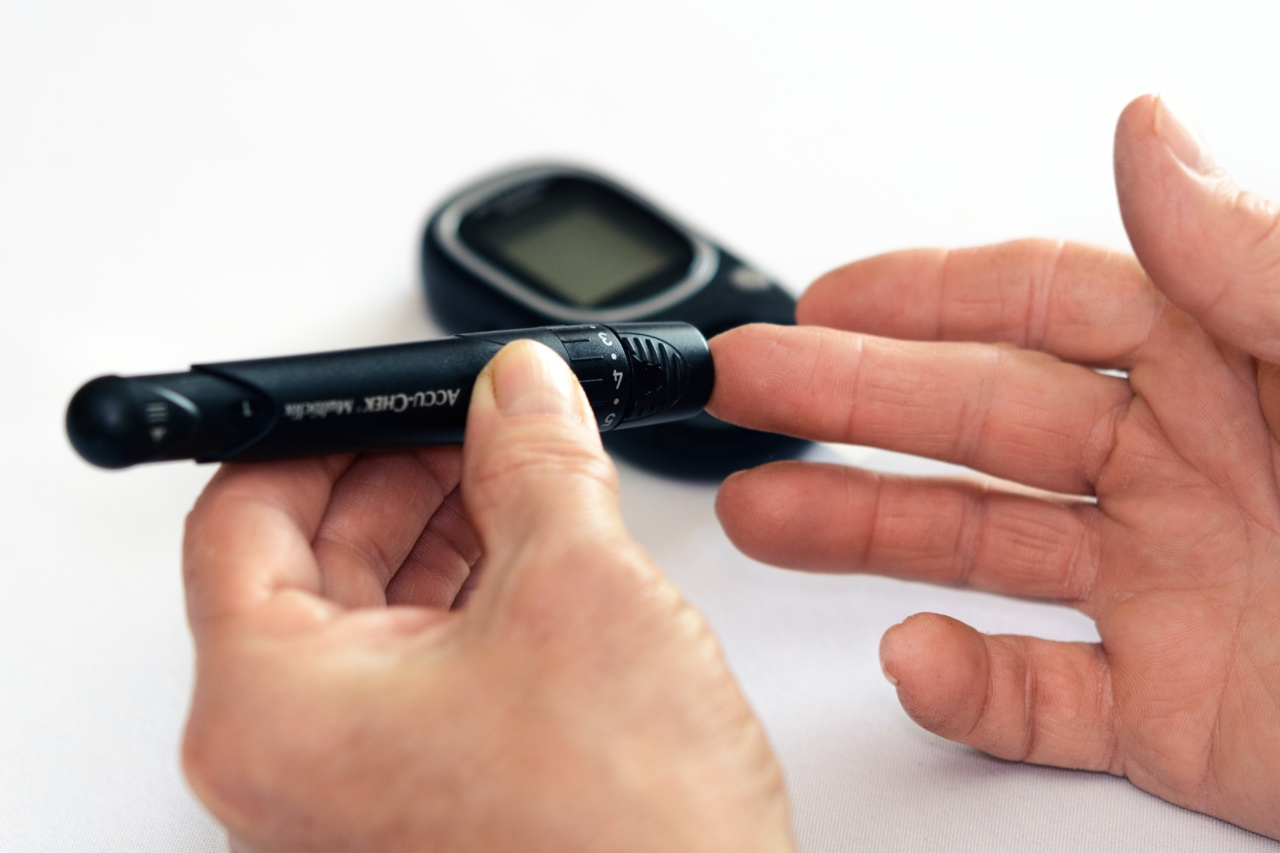Diabetes is a chronic disease that occurs when the body doesn’t properly produce or use insulin, a hormone that regulates blood sugar.
Without insulin, glucose levels in the blood can become too high, leading to a variety of dangerous complications, including heart disease, kidney failure, blindness, and even amputations.
Unfortunately, diabetes rates are on the rise worldwide. In fact, the World Health Organization (WHO) estimates that the number of people with diabetes has nearly quadrupled since 1980, from 108 million to 422 million today.
By the Numbers: The Global Diabetes Epidemic
Here are some key statistics that highlight the growing problem of diabetes:.
1. Diabetes Affects More Women than Men
According to the International Diabetes Federation (IDF), diabetes affects more women than men. Currently, there are around 199 million women living with diabetes worldwide, compared to 180 million men.
2. Diabetes is More Common in Low- and Middle-Income Countries
While diabetes is often associated with wealthy Western countries, the truth is that low- and middle-income countries are actually more likely to be affected.
In fact, around three-quarters of people with diabetes live in these countries, which often lack adequate healthcare resources to manage the disease.
3. Type 2 Diabetes Accounts for Most Cases
There are two main types of diabetes: type 1 diabetes (which is usually diagnosed in childhood and requires lifelong insulin injections) and type 2 diabetes (which is usually diagnosed in adulthood and can often be managed with lifestyle changes).
Type 2 diabetes is by far the most common type, accounting for around 90% of all cases.
4. Diabetes Increases the Risk of Other Health Problems
Diabetes doesn’t just affect blood sugar levels—it can also increase the risk of other serious health problems, including:.
- Heart disease and stroke
- Kidney disease
- Eye disease (including blindness)
- Nerve damage
- Amputations (due to poor circulation)
5. Many Cases of Diabetes are Undiagnosed
Unfortunately, many people with diabetes don’t even know they have the disease. According to the IDF, around 50% of all cases are undiagnosed, which can delay proper treatment and increase the risk of complications.
Infographic: Diabetes Rates Around the World
Take a look at the following infographic to see how diabetes rates vary by region:.

As you can see, diabetes is a truly global problem.
Regions like the Middle East, North America, and the Caribbean have some of the highest rates of diabetes in the world, while regions like Africa and Southeast Asia are also seeing a significant increase in the disease.
What Can be Done to Address the Diabetes Epidemic?
The rising rates of diabetes around the world are cause for concern, but there are steps that can be taken to address the problem:.
- Increased screening: Encouraging people to get screened for diabetes can help identify cases that might otherwise go undiagnosed.
- Lifestyle changes: Many cases of type 2 diabetes can be managed with lifestyle changes like healthy eating, exercise, and weight loss.
- Better access to care: Providing better access to diabetes care and education can help people manage their disease and avoid serious complications.
- Research: More research is needed to better understand the causes of diabetes and develop more effective treatments and prevention strategies.
Conclusion
Diabetes is a growing problem around the world, affecting millions of people and leading to serious health complications.
However, with increased awareness and efforts to prevent and manage the disease, it is possible to reduce the impact of diabetes and improve health outcomes for those affected.



























